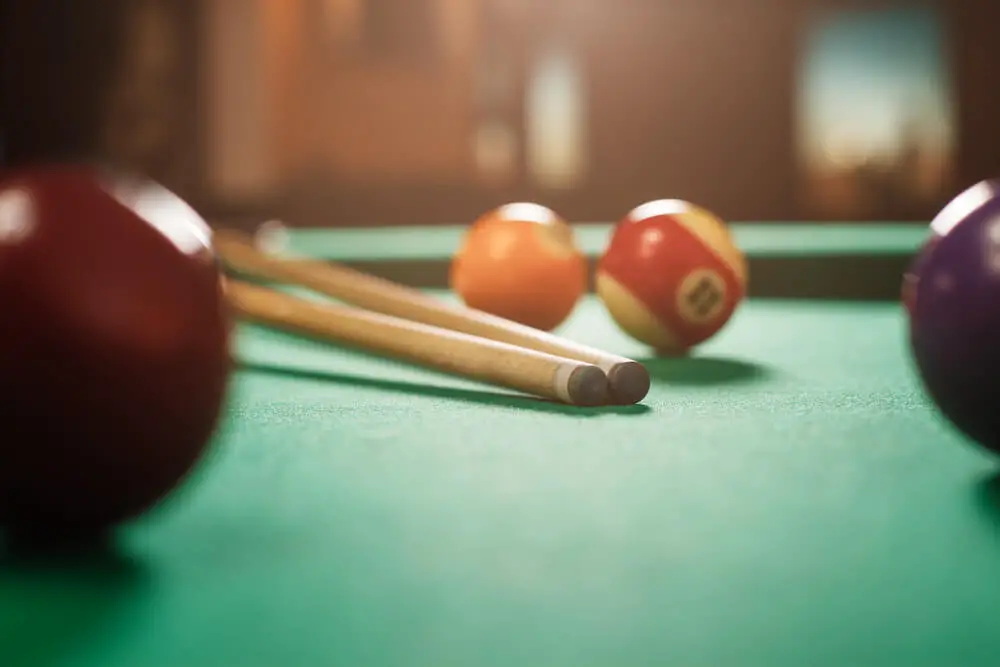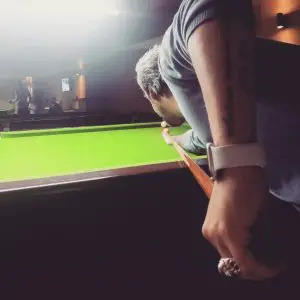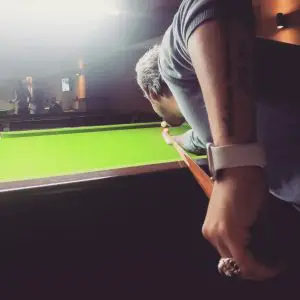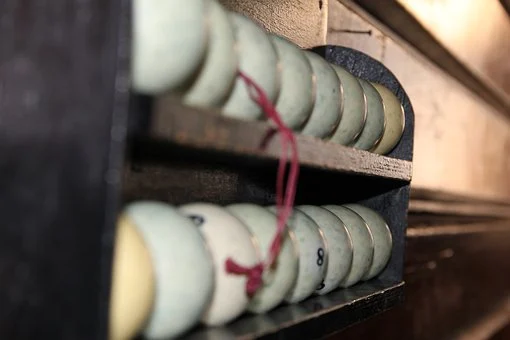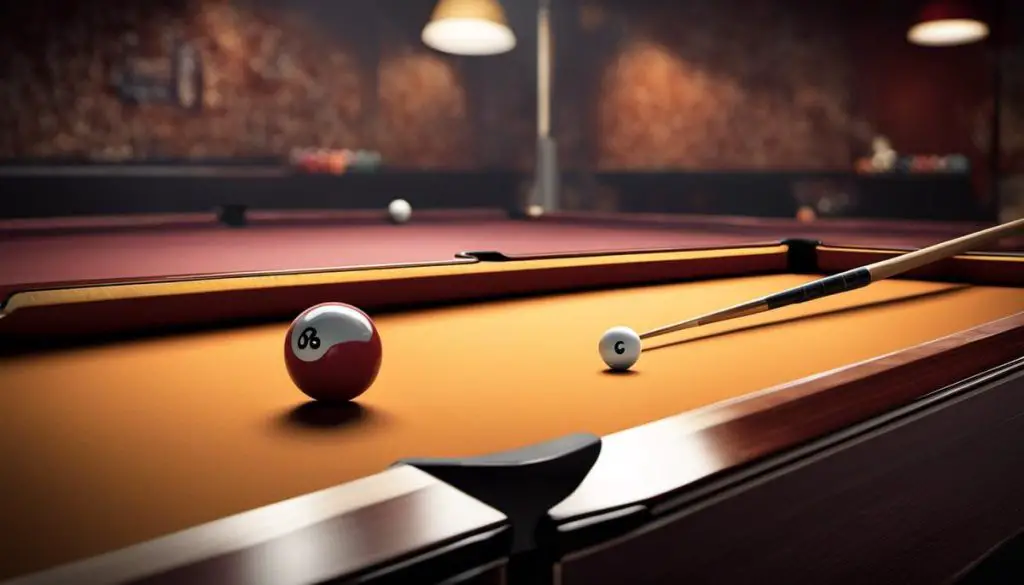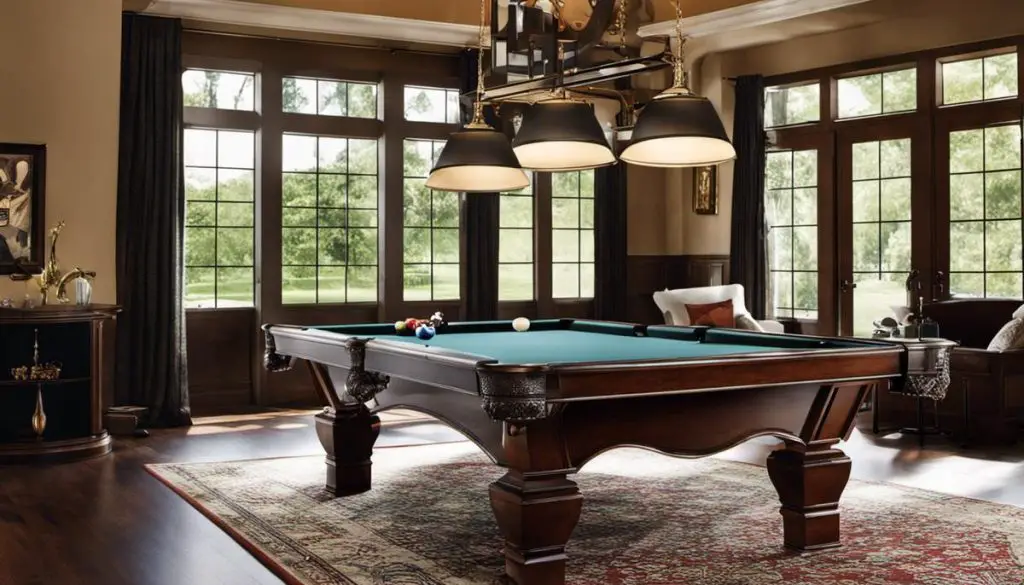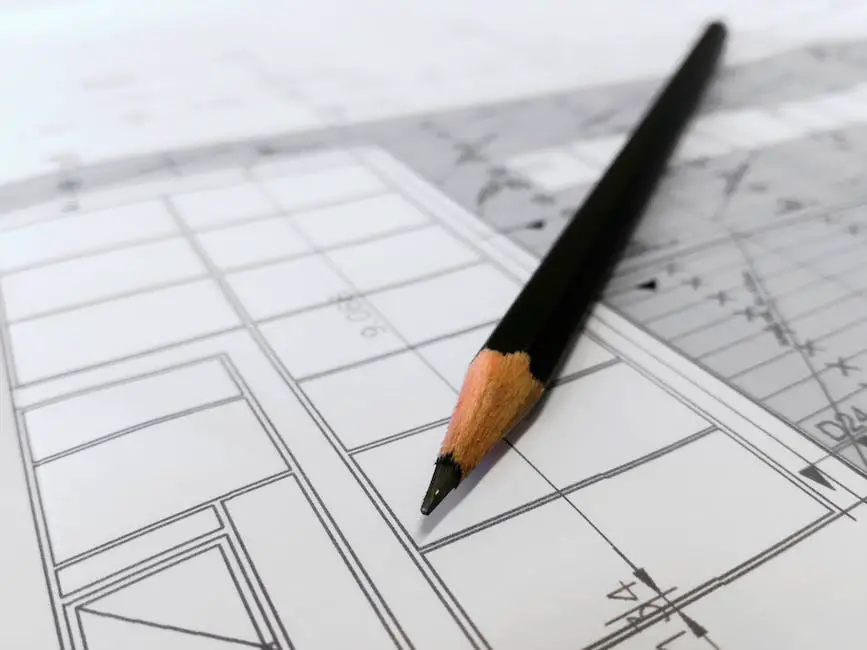There are many types of glue for the application of a new replacement tip or an aftermarket tip modification. The most commonly used glues are aliphatic resin (yellow carpenter’s), water-resistant phenolic resin (red mahogany), and cyanoacrylate (super, duper, gorilla). Other adhesives are also in use with special applications or where the properties of one type is desired. Some glues may be used to adhere the tip to the ferrule (aliphatic resins), while others can be used to attach a replacement tip to an installed shaft (epoxy, cyanoacrylate).
Learn about the different types of pool cue tip glue and it’s specific uses:
Aliphatic Resin Glue – For most replacement cue tips this is the best choice. It is widely available, easy to work with, and has a reasonable open time. You will need to use an accelerator for this type of adhesive if you are going to be installing the tip with clamps.
Aliphatic Resin is not intended for use on shafts. It normally takes 24 hours to cure (harden) if using an accelerator but can take up to 4-5 days without it. This adhesive doesn’t give off any fumes during application or curing making it more user-friendly if you are working in a closed environment.
Water Resistant Phenolic Glue – This glue is the same as used by many cue tip manufacturers. It makes a good bond with phenolic, hard leather, or plastic tips as well as other materials. You will not need to the accelerator when working with this type of adhesive because it has a reasonably long open time and remains pliable for a longer period of time.
Cyanoacrylate Glue – This glue can be purchased in two forms, with or without an accelerator. It is the best choice when applying aftermarket soft tips with clamps because it has a very quick setup time and is water-resistant when hardened.
Epoxy – This adhesive is normally used when a tip replacement must be very secure or on a weight bolt-type ferrule. It has a long setup time and also gives off fumes while setting, so it should only be used in well-ventilated areas.
How do you glue a cue tip?
The type of glue chosen will determine how you prepare the tip for installation. The following steps are for aliphatic resin (yellow carpenter’s) adhesive:
- Use fine grit emery cloth to sand the old tip area smooth and flat.
- Remove any oils, dirt, or debris that may interfere with the glue bond.
- Apply a small amount of adhesive to the center of the ferrule and spread it out evenly with your fingertip.
- Work the new tip area into the adhesive, rotating and shaping until the replacement is slightly larger than the original (patch) size. You want a tight fit between patch and adhesive.
- While holding the patch in place, apply a thin bead of glue to the ferrule and press the patch onto it firmly.
- Allow 5 minutes for the glue to set before applying clamps.
- Clamp the patch in place for 24 hours.
The above procedure is the same when using water-resistant phenolic glue, except that accelerator will not be needed.
When should you replace a cue tip?
Aftermarket replacement pool cue tips may be purchased in several different hardness grades. The most common are the soft, medium, and hard grades. Soft tips tend to need replacing more often because they become flattened after extended use. As the tip flattens the ball doesn’t roll off of it as smoothly or with as much speed, causing loss of accuracy on your aim.
You may also need to replace the tip if it becomes too hard or has deteriorated with age. A replacement cue tip should be of equal or greater hardness than your original for best results in playability and accuracy.
Is there any trick to getting a patch onto a hardened old tip?
Yes, you can apply heat to soften the old glue and make it easier. Use a heat gun or lighter to warm the tip area until the adhesive becomes pliable. If using a lighter, be careful not to overheat the patch while doing this because you can set it on fire! Lighter fluid, butane torches, and heated knives are other options for warming patch material before application.
conclusion
In conclusion, When choosing glue for tip replacement you want to choose one that works best with the type of material being used in your cue.

